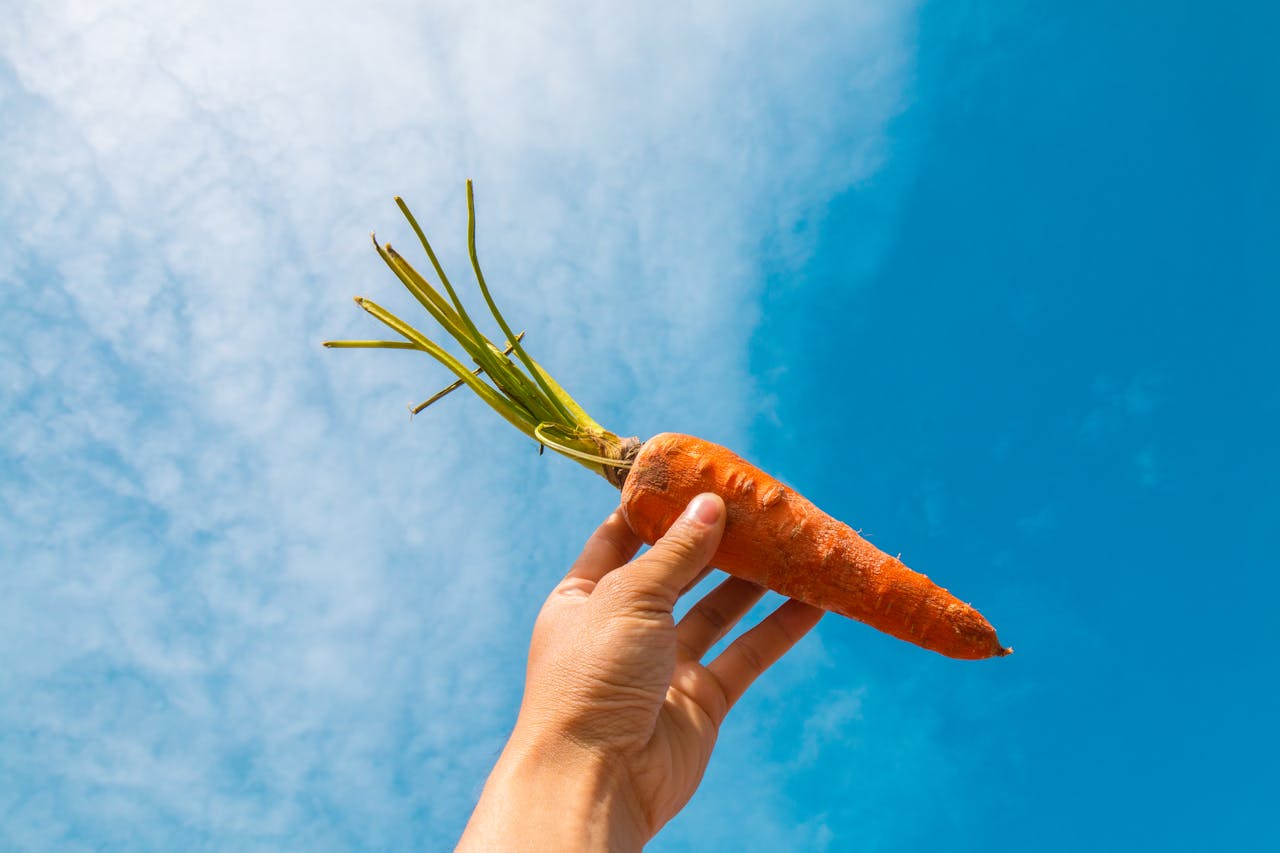Cooking a pork loin can be a daunting task, but with the right techniques and ingredients, you can achieve a deliciously tender and juicy result. Here’s a step-by-step guide to help you cook the perfect pork loin.
Preparing the Pork Loin
Before you start cooking, it’s crucial to prepare your pork loin properly.
- Dry the Pork Loin: Pat the pork loin dry with paper towels to remove any excess moisture. This helps the seasonings stick better and promotes even browning[1][4].
- Seasoning: Create a dry rub using ingredients like salt, pepper, paprika, garlic powder, onion powder, thyme, and rosemary. Rub this mixture all over the pork loin to ensure even flavor distribution[1][4].
Searing the Pork Loin
Searing the pork loin is essential for creating a flavorful crust.
- Heat the Pan: Heat a large skillet or cast iron pan over medium-high heat with some olive oil. For a richer flavor, you can also use butter, as in the herb butter method[2].
- Sear the Meat: Place the pork loin in the pan, fat side down if it has a fat cap, and sear for about 3 to 5 minutes per side until it is well browned. This step helps lock in the juices and adds flavor[1][2][5].
Roasting the Pork Loin
After searing, it’s time to roast the pork loin in the oven.
- Preheat the Oven: Preheat your oven to 375°F (or 400°F initially if you want to create a crust quickly). If you prefer a lower temperature, you can also roast at 300°F for a longer period[1][4][5].
- Initial High Heat (Optional): If you want to create a crust quickly, start by cooking the pork loin at 400°F for 10 minutes. Then, lower the temperature to 350°F to continue cooking[4].
- Roasting Time: Place the pork loin in the oven and roast until it reaches an internal temperature of 145°F. The cooking time can vary, but a general rule is about 20 minutes per pound of meat[1][4][5].
Adding Glazes and Sauces
Adding a glaze or sauce can enhance the flavor of your pork loin.
- Honey Garlic Glaze: Mix honey, dijon mustard, garlic, soy sauce, and olive oil to create a glaze. Brush this glaze over the pork loin during the last stages of roasting. You can also reserve some of the glaze for vegetables[1].
- Herb Butter and Mustard Cherry Sauce: For a more elaborate dish, use herb butter to baste the pork loin during roasting. After cooking, create a sauce by deglazing the pan with beef stock, adding mustard, and dried cherries[2].
Cooking with Vegetables
Adding vegetables to the roasting pan can make the meal more complete.
- Prepare Vegetables: Cut vegetables like Brussels sprouts and butternut squash into appropriate sizes. Toss them with olive oil and any reserved glaze or sauce. Add these vegetables to the roasting pan around the pork loin during the last 30 minutes of cooking[1].
Resting the Pork Loin
Resting the pork loin is crucial for retaining its juices.
- Resting Time: Once the pork loin reaches the desired internal temperature, remove it from the oven and let it rest for 10 to 15 minutes. Cover it loosely with foil to keep it warm[1][2][4].
Serving
After the resting period, slice the pork loin and serve it with the roasted vegetables and any accompanying sauce.
Most Important Facts About Cooking Pork Loin
- Dry the Pork Loin: Pat the pork loin dry with paper towels before seasoning to ensure better browning and flavor adherence[1][4].
- Proper Searing: Sear the pork loin in a hot pan to create a flavorful crust. This step is crucial for locking in juices[1][2][5].
- Correct Oven Temperature: Preheat the oven to the right temperature (usually 375°F or 400°F initially) and adjust as needed to ensure even cooking[1][4][5].
- Internal Temperature: Cook the pork loin until it reaches an internal temperature of 145°F to ensure it is cooked to a safe and tender level[1][2][4].
- Resting Time: Let the pork loin rest for 10 to 15 minutes after cooking to retain its juices and ensure tenderness[1][2][4].
- Adding Glazes and Sauces: Use glazes or sauces to enhance the flavor of the pork loin. This can be done during the last stages of roasting or as a finishing touch[1][2].
By following these steps and tips, you can achieve a perfectly cooked, tender, and juicy pork loin that is sure to impress.




